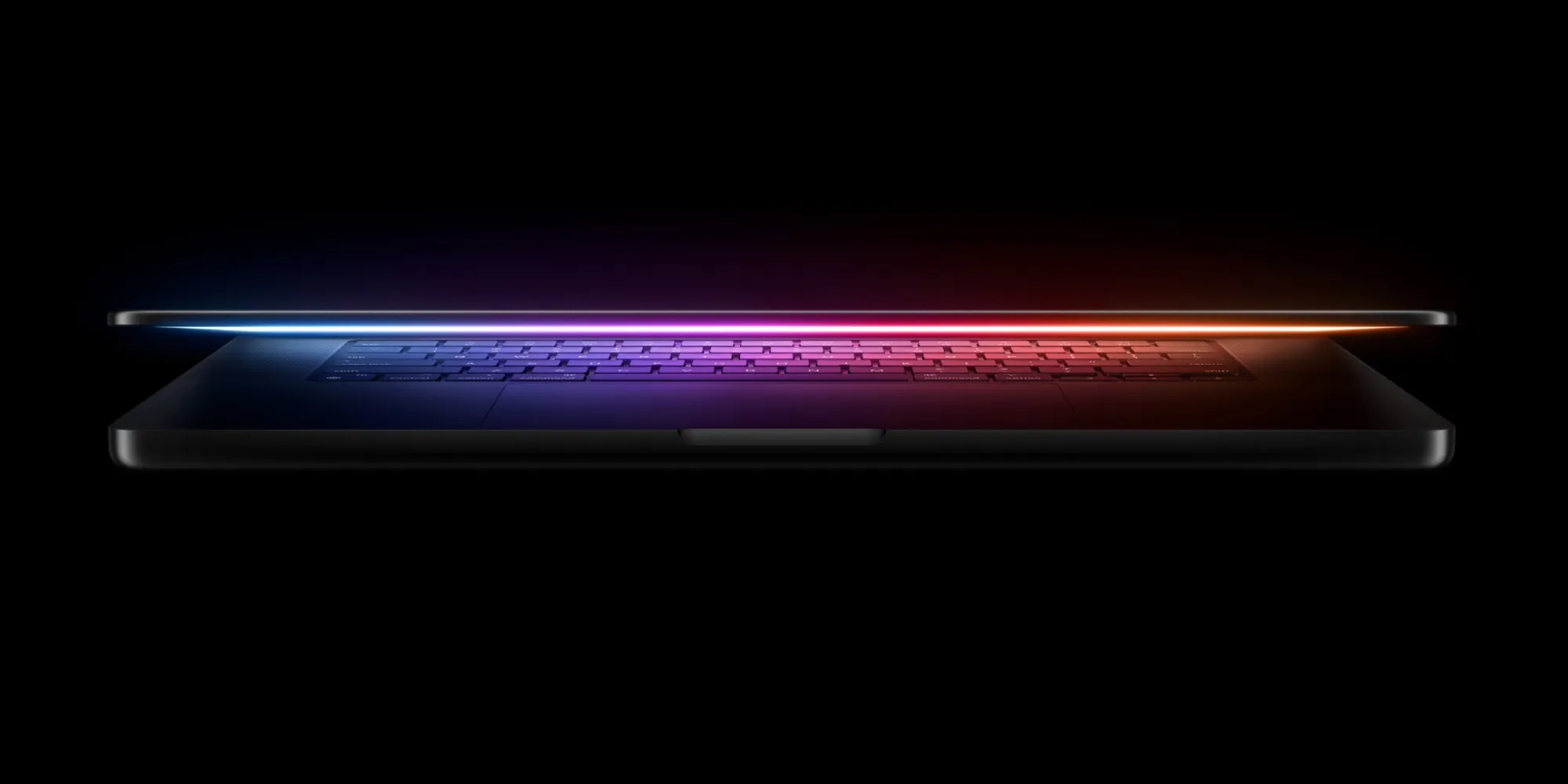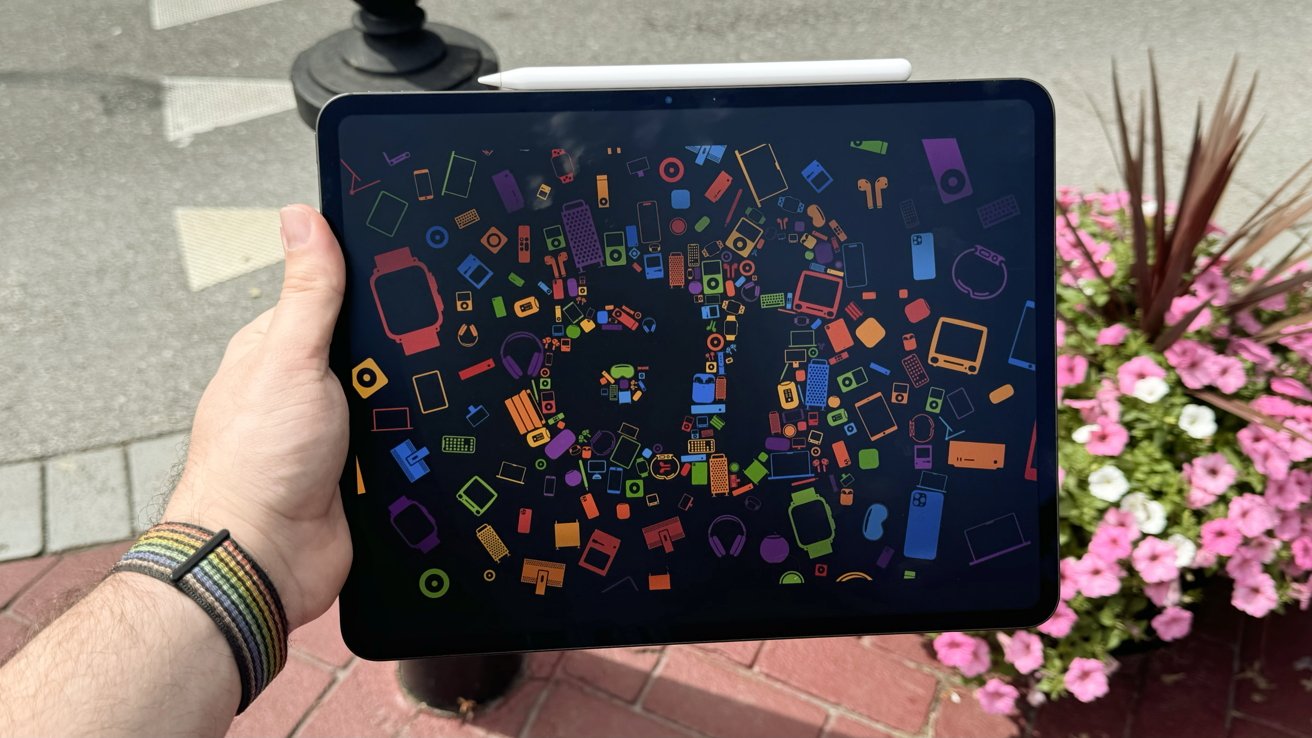Eighteen years ago, the tech world was irrevocably changed. On a January day in 2007, Steve Jobs took the stage at Macworld Expo and unveiled not one, but two groundbreaking products: the original iPhone and the first Apple TV. This wasn’t just another product launch; it was a revolution in personal technology and home entertainment.
Jobs, with his characteristic showmanship, presented the iPhone as a trifecta of innovation: a widescreen iPod with touch controls, a revolutionary mobile phone, and a breakthrough internet communications device. He emphasized that these weren’t three separate gadgets crammed into one; they were seamlessly integrated into a single, elegant device. “Today,” he declared, “Apple is going to reinvent the phone.”
And reinvent it they did. The original iPhone was a stark departure from the clunky, button-laden phones of the time. Its sleek aluminum and plastic design, dominated by a 3.5-inch multi-touch display, eliminated the need for a physical keyboard. This, combined with a 2-megapixel camera and the revolutionary iPhone OS, offered a user experience light years ahead of anything else on the market. The iPhone wasn’t just a phone; it was a pocket-sized computer, a music player, and a window to the internet, all rolled into one. It set the stage for the mobile revolution we live in today.
But the iPhone wasn’t the only star of the show. Apple also officially launched the Apple TV, a device that had been teased as “iTV” a few months prior. The Apple TV was designed to bring iTunes content to the living room, allowing users to wirelessly stream movies, TV shows, music, and photos from their computers directly to their televisions. With a 40GB hard drive for local storage and support for 720p HD resolution, the Apple TV offered a compelling new way to enjoy digital media at home. The inclusion of both HDMI and component video output further solidified its place as a versatile home entertainment hub.
Adding another layer to this momentous occasion, Apple announced a significant corporate shift: the company officially changed its name from “Apple Computer, Inc.” to simply “Apple Inc.” This change signaled a broader vision, a move beyond personal computers and into the wider world of consumer electronics and digital services. Apple was no longer just a computer company; it was a technology powerhouse.
Fast forward to today, and the legacy of these announcements continues to shape the tech landscape. As we reflect on the 18th anniversary of these groundbreaking products, the rumor mill is already churning with anticipation for the upcoming iPhone 17 Pro and iPhone 17 Pro Max, expected later this year. While official details are still under wraps, several intriguing rumors have surfaced, painting a picture of what we might expect.
One notable rumor suggests a return to an aluminum frame for the iPhone 17 Pro models, a departure from the titanium used in the iPhone 15 and 16 Pro. This could be coupled with a unique “part-aluminum, part-glass” back design, potentially even incorporating elements of both aluminum and titanium in the frame itself. The camera bump is also rumored to be undergoing a redesign, potentially adopting a larger rectangular shape made of aluminum. Whether the lenses will retain their current triangular arrangement or shift to a horizontal or vertical alignment remains to be seen.
Under the hood, the iPhone 17 Pro is expected to be powered by Apple’s next-generation A19 Pro chip, manufactured using TSMC’s advanced third-generation 3nm process. As always, this new chip is expected to bring improvements in both performance and power efficiency. There’s also talk of Apple designing its own Wi-Fi 7 chip, though some reports suggest it might stick with Wi-Fi 6E, like the iPhone 16 models.
Camera upgrades are also on the horizon, with rumors pointing to a significant jump to a 24-megapixel front-facing camera for all iPhone 17 models, doubling the resolution of the current 12-megapixel front camera. The rear telephoto camera on the Pro models is also rumored to be getting a substantial boost, potentially jumping to 48 megapixels from the 12 megapixels found on the iPhone 16 Pro models.
Memory is another area where we might see an improvement, with rumors suggesting an increase to 12GB of RAM for both the iPhone 17 Pro and Pro Max. This increase would provide more headroom for demanding tasks, including the performance of Apple’s AI features and multitasking. Finally, there’s a whisper about a significantly narrowed Dynamic Island on the iPhone 17 Pro Max, potentially achieved through the implementation of a “metalens” for the Face ID system.
These are, of course, just rumors, and the final product may differ. However, they offer a tantalizing glimpse into the future of the iPhone and underscore the lasting impact of those groundbreaking announcements 18 years ago. From the revolutionary touch screen of the original iPhone to the potential advancements of the iPhone 17 Pro, Apple continues to push the boundaries of mobile technology, a legacy that began with a visionary on a stage and a simple promise to reinvent the phone.






